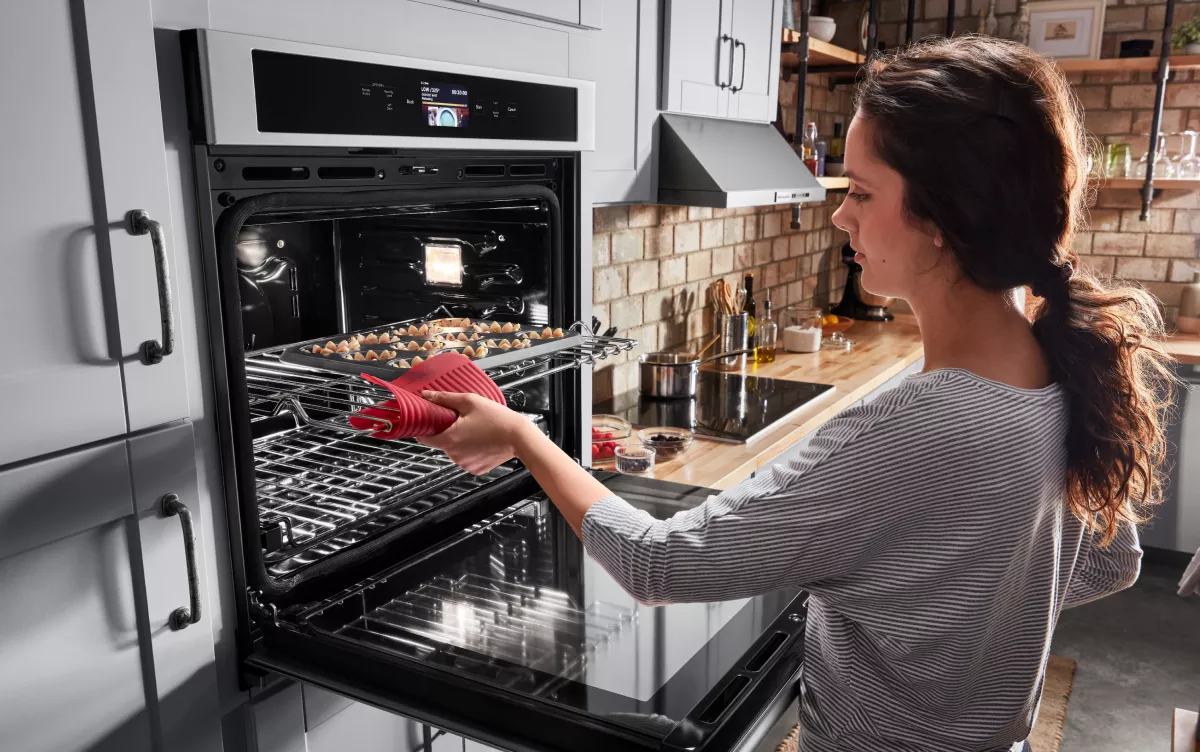Welcome to our comprehensive guide on KitchenAid oven repair tips! At KitchenAid Appliance Repair Professionals, we understand the importance of empowering women, especially on International Women’s Day, with the knowledge and skills to tackle common household appliance issues. In this article, we’ll provide you with expert tips and techniques to troubleshoot and repair your KitchenAid oven efficiently.
Understanding Your KitchenAid Oven
Before diving into repair techniques, it’s crucial to have a basic understanding of how your KitchenAid oven works. Modern KitchenAid ovens come with advanced features and technology, making them efficient cooking appliances. Familiarize yourself with the different components of your oven, including the heating elements, thermostat, and control panel.
Common Issues and Troubleshooting Tips
Oven Not Heating Properly
If you’re experiencing issues with your KitchenAid oven not heating properly, there are several possible causes. Start by checking the heating elements for any signs of damage or wear. You can also test the oven’s temperature sensor using a multimeter to ensure it’s functioning correctly.
Uneven Cooking
Uneven cooking can be frustrating, especially when preparing delicate dishes. To address this issue, try redistributing the oven racks to ensure proper airflow. Additionally, calibrating the oven’s thermostat can help maintain consistent temperatures throughout the cooking process.
Faulty Control Panel
A malfunctioning control panel can disrupt the functionality of your KitchenAid oven. If you’re experiencing unresponsive buttons or error codes, try resetting the control panel by turning off the power supply for a few minutes. If the issue persists, you may need to replace the control panel altogether.
The Oven Door Not Closing Properly
A loose or misaligned oven door can lead to heat loss and inefficient cooking. Inspect the door gasket for any tears or damage, as this can affect the seal. Adjust the hinges or latch mechanism to ensure the door closes securely and maintains a tight seal during operation.
DIY Repair Techniques
Heating Element Replacement
If you’ve determined that a faulty heating element is causing your oven to malfunction, you can easily replace it yourself. Begin by disconnecting the power supply and removing the old heating element from the oven. Install the new element according to the manufacturer’s instructions, and ensure it’s securely in place before restoring power.
Temperature Sensor Calibration
Calibrating the temperature sensor is a simple yet effective way to ensure accurate temperature readings in your KitchenAid oven. Refer to your oven’s user manual for instructions on accessing the sensor and adjusting the calibration settings. Use a reliable thermometer to verify the accuracy of the temperature readings after calibration.
Control Panel Reset
Resetting the control panel can help resolve minor software glitches and restore functionality to your KitchenAid oven. Locate the circuit breaker or power switch connected to the oven and switch it off for at least five minutes. After resetting the power, test the control panel to ensure all functions are working correctly.
Door Gasket Replacement
Replacing a worn or damaged door gasket is essential for maintaining proper heat retention and energy efficiency in your KitchenAid oven. Start by removing the old gasket from the oven door and thoroughly clean the area to ensure a proper seal. Install the new gasket according to the manufacturer’s instructions, ensuring it’s evenly aligned and secured in place.
Conclusion
With the right knowledge and tools, repairing your KitchenAid oven doesn’t have to be a daunting task. By following our expert tips and techniques, you can troubleshoot common issues and restore your oven to optimal performance. Remember to prioritize safety and always consult a professional if you’re unsure about any repair procedures.
FAQs
- How do I know if my KitchenAid oven’s heating element needs replacement?
Look for signs such as visible damage, uneven cooking, or if the oven fails to heat properly. If you notice any of these issues, it may be time to replace the heating element.
- Can I calibrate the temperature sensor on my KitchenAid oven myself?
Yes, most KitchenAid ovens allow users to calibrate the temperature sensor. Refer to your oven’s user manual for instructions on accessing and adjusting the calibration settings.
- What should I do if my KitchenAid oven’s control panel becomes unresponsive?
Try resetting the control panel by turning off the power supply for a few minutes. If the issue persists, consult a professional technician for further assistance.
- How often should I replace the door gasket on my KitchenAid oven?
It’s recommended to inspect the door gasket regularly for signs of wear or damage. If you notice any tears or gaps in the gasket, replace it promptly to maintain proper heat retention.
- Are there any safety precautions I should take before attempting DIY repairs on my KitchenAid oven?
Always disconnect the power supply and allow the oven to cool before performing any repairs. Additionally, refer to your oven’s user manual for specific safety guidelines and precautions. If you’re unsure about any repair procedures, seek professional assistance.
Ready to experience the best KitchenAid oven repair in town? Contact us today to book an appointment! For more detailed tips on fixing a malfunctioning heating element, check out our previous blog post: “Troubleshooting KitchenAid Oven Heating Element Not Working.”

